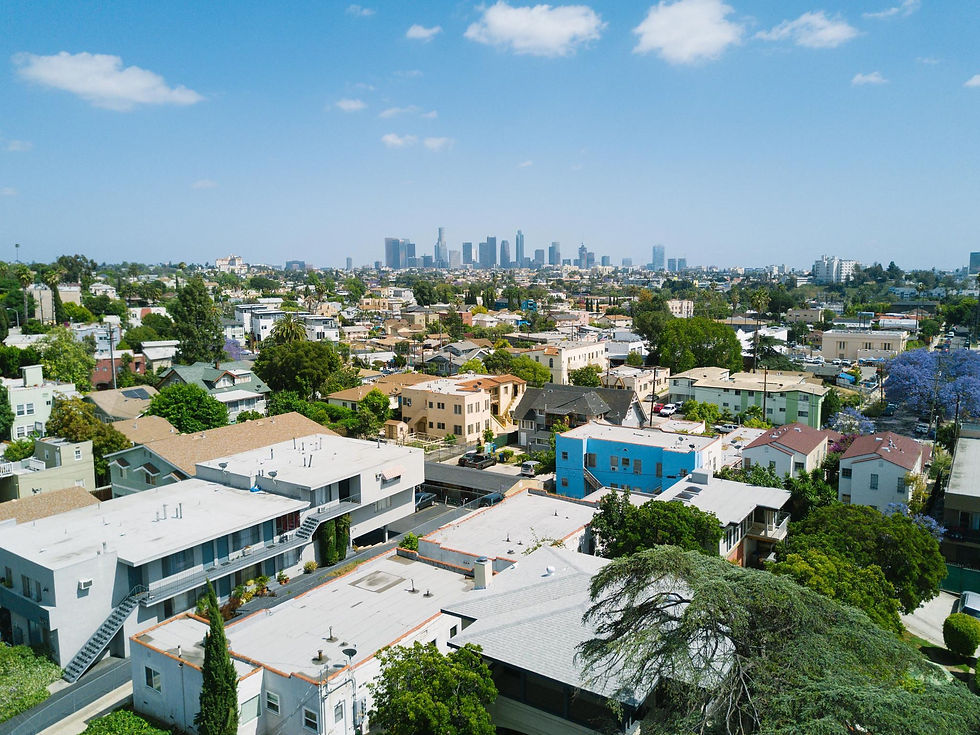US Industrial Real Estate Outlook: Headwinds and Opportunities
- bkalhor
- Aug 7
- 3 min read

As a company dedicated to helping our clients make informed investment decisions, K2
Investment closely monitors shifts in the commercial real estate market. The latest
data on the U.S. industrial sector presents a nuanced picture, suggesting a period of
adjustment after years of rapid growth.
According to recent analysis, the industrial market is facing some headwinds, primarily
driven by moderating tenant demand and broader economic uncertainties. While the
sector's long-term fundamentals remain strong, the near-term outlook calls for a more
cautious approach.
Key Market Shifts and What They Mean for Investors
Softening Demand and Negative Absorption: After a period of robust
expansion, net absorption—the net change in occupied space—turned negative
in the second quarter of 2025. This is the first time in 15 years that logistics
tenants have vacated more space than they've occupied, a trend fueled by
retailer bankruptcies and cautious leasing by major players like The Home Depot
and FedEx. This suggests that businesses are rightsizing their logistics footprints
in response to market uncertainty.
Rising Vacancy Rates: The national industrial vacancy rate has climbed to
7.4%, its highest level in over a decade. Projections now anticipate this rate will
continue to rise, potentially reaching 8% by the second half of 2026 before
stabilizing. This increase in available space puts downward pressure on rental
growth and requires a longer-term perspective on recovery.
Flattening Rent Growth: Corresponding with the rise in vacancies, national
average rents have stalled, showing no quarterly increase. While annual growth
is still positive at 1.6%, the forecast suggests this stagnation will continue through
late 2025. We don't expect to see significant rent acceleration until vacancy rates
begin to decline, likely in late 2026.
Disparity in Performance: Not all industrial properties are feeling the same
pressure. While large logistics facilities (100,000 sq. ft. and larger) are seeing a
notable slowdown, smaller-bay buildings have shown greater resilience. This
indicates a potential shift in demand towards more flexible, smaller-scale logistics
solutions.
What's Driving the Changes?
A key factor influencing the market is increased macroeconomic uncertainty, particularly
around trade. Slower retail sales growth and an expanded U.S. trade war have made
retailers and logistics providers hesitant to build up their inventories. This cautious
stance directly impacts the need for new warehouse and distribution space.
K2 Investments’ Perspective: The Long-Term View
While the current data points to a delayed recovery in the industrial sector, the long-term
outlook remains positive. The market is not in distress but rather undergoing a
necessary correction.
Future Stabilization: A moderation in new construction is expected to allow
demand to catch up with the existing supply. This should enable absorption to
turn positive again by late 2026, paving the way for a more stable market.

The Path to Recovery: We anticipate the national vacancy rate to fall below 7%
by 2028. The timing of this recovery will depend on factors like easing trade
tensions and potential fiscal stimulus.
At K2 Investments, we see this period as an opportunity to identify strategically located,
high-quality assets that will be well-positioned for the next cycle of growth. We advise
our clients to focus on properties with strong fundamentals and to consider the
resilience of different sub-sectors within the industrial market. Navigating this
environment requires a nuanced understanding of market dynamics, and we are
committed to providing our clients with the expertise needed to succeed.



Comments